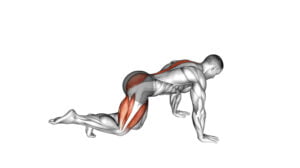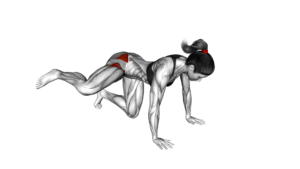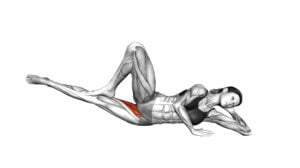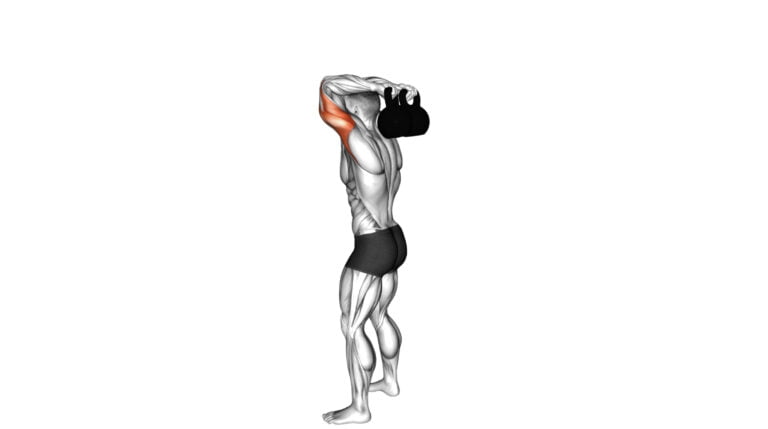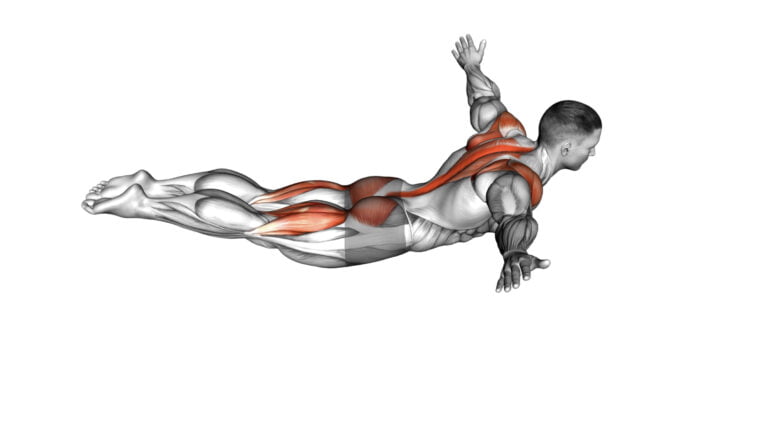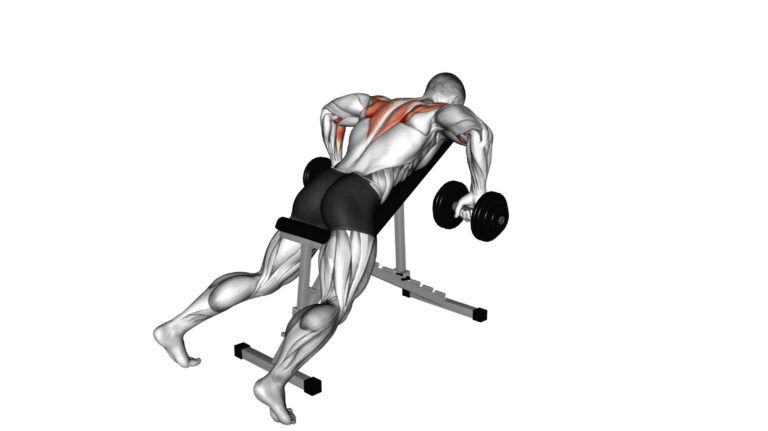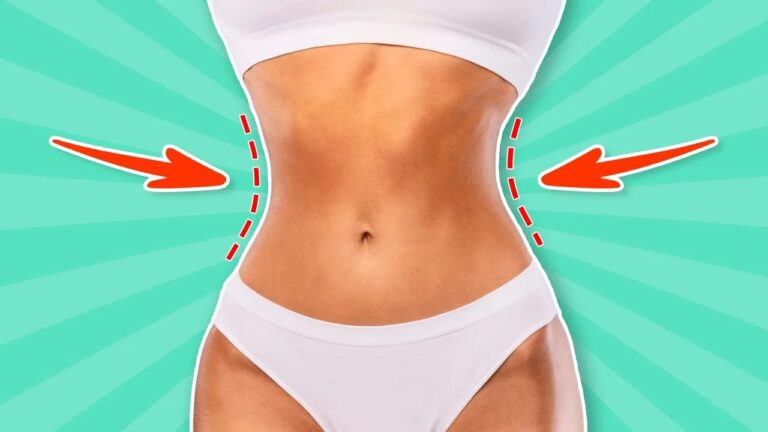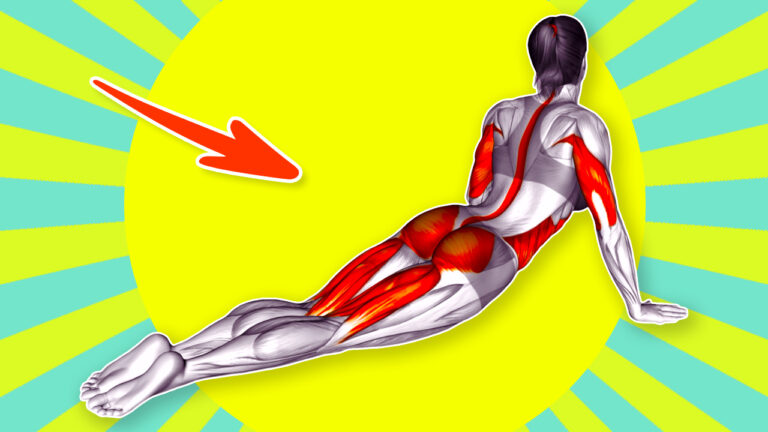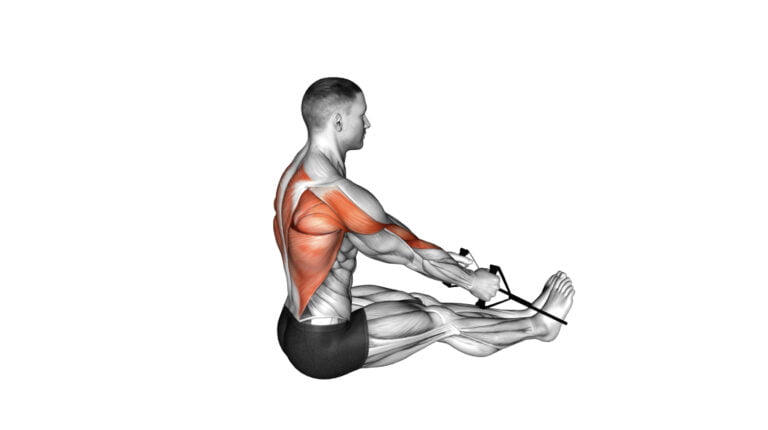10 Gluteus Medius Minimus Exercises For Strengthening Your Hips And Glutes
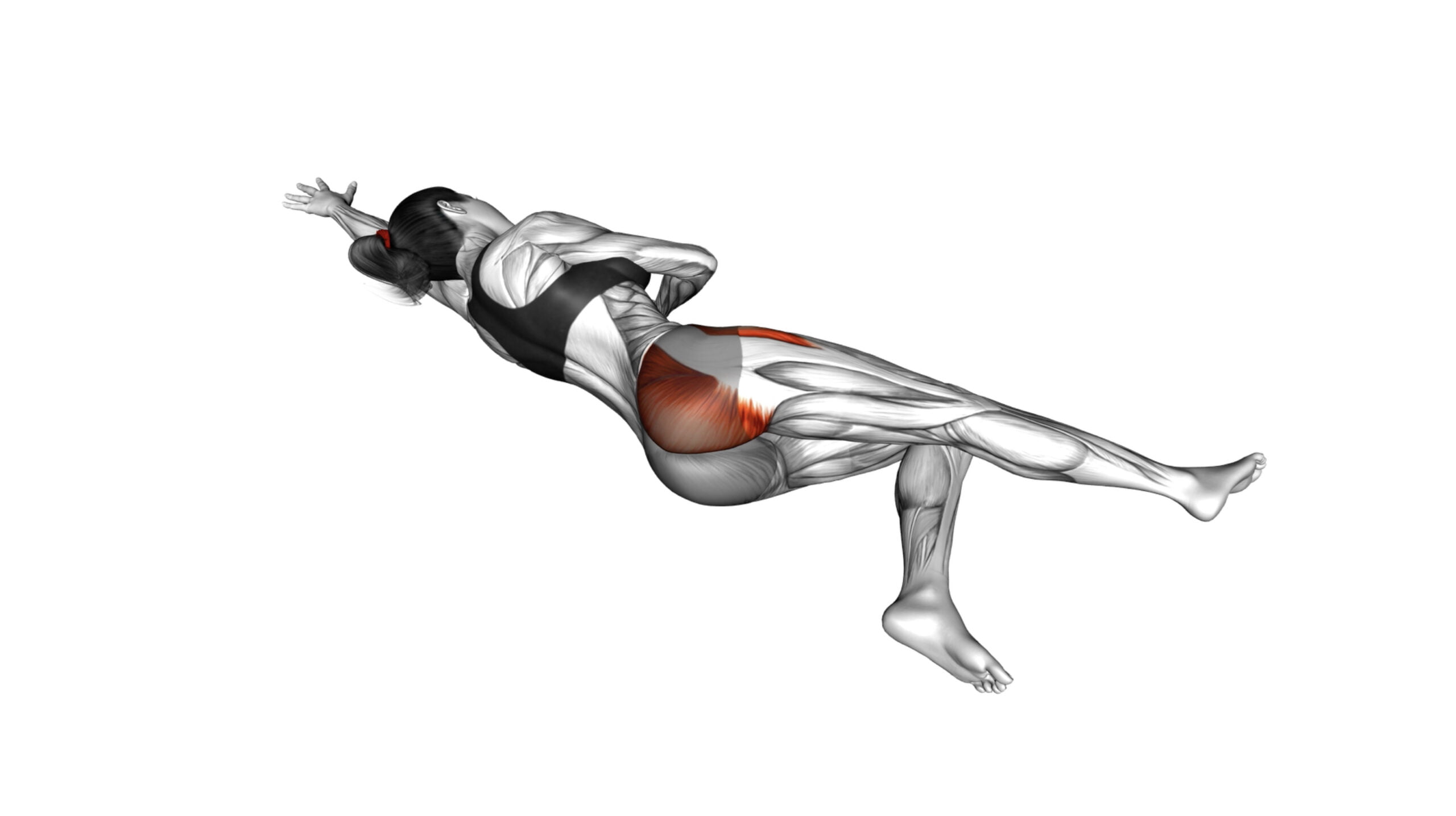
Strengthening your hips and glutes is like laying a foundation for a stable, powerful body, yet so many fitness enthusiasts overlook the mighty duo of the gluteus medius and minimus.
As an expert with years in physical therapy and strength training, I’ve seen countless clients transform their performance and aesthetics by giving these muscles the attention they deserve.
These often-neglected stabilizers are crucial for everything from everyday motions to peak athletic feats.
Did you know that targeted gluteus medius minimus exercises can not only sculpt your posterior but also prevent common injuries like patellofemoral pain syndrome? This article will unpack a treasure trove of exercise gold designed to fortify your lower body and elevate your workout routine.
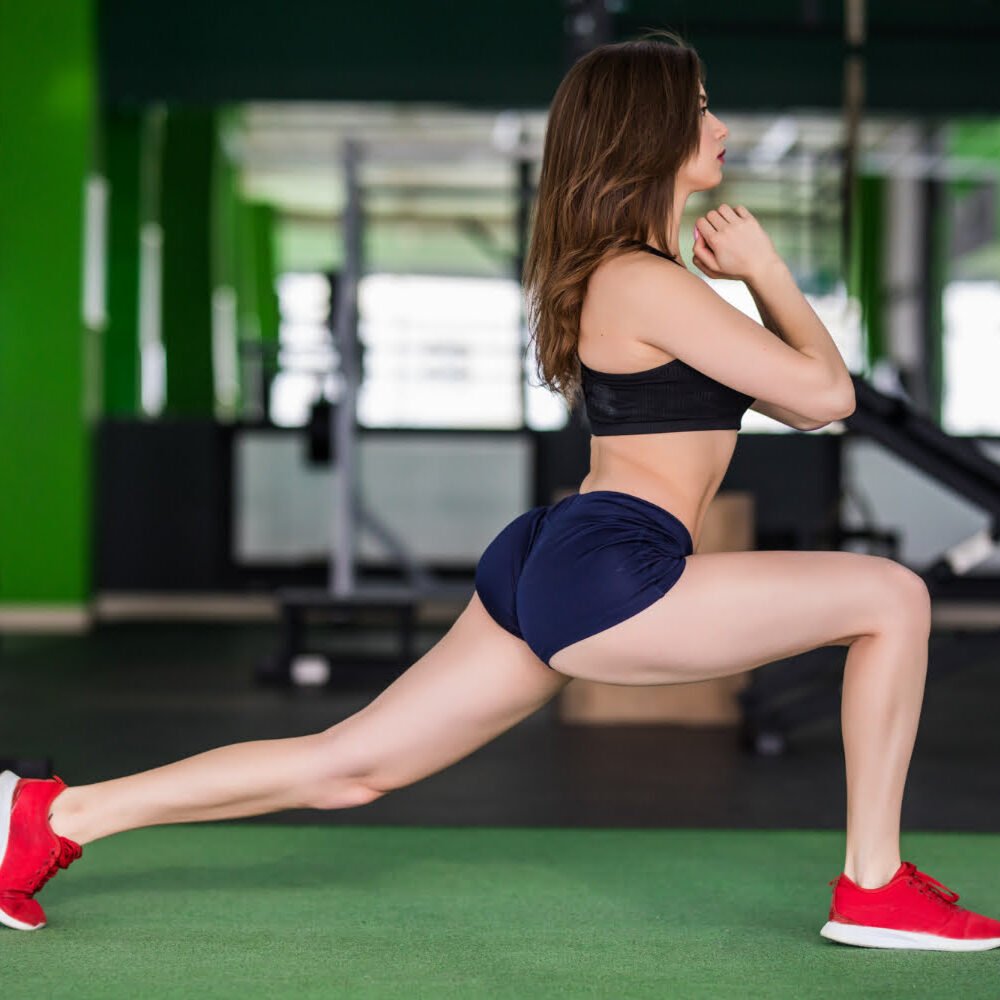
Dive into our top 10 moves—your hips and glutes will thank you!
Key Takeaways
- Targeted gluteus medius and minimus exercises can prevent common injuries like patellofemoral pain syndrome and enhance pelvic alignment, contributing to smoother walking patterns and a balanced stance.
- Strengthening the gluteus medius and minimus muscles is essential for athletes as it enhances stability during activities like sprinting, jumping, or changing direction quickly.
- Engaging in specific glute exercises leads to better overall stability for daily movements, potentially reducing visits to physical therapists for hip or lower back pains.
- These workouts not only build strength but also help achieve an aesthetically pleasing lower body with a lifted buttocks and toned muscles.
- Including these exercises in rehabilitation programs supports the recovery of hip injuries by rebuilding muscle strength, flexibility, and stability.
Benefits of Strengthening the Gluteus Medius and Minimus
Strengthening the gluteus medius and minimus helps improve pelvic alignment, enhances athletic performance, prevents injuries, and can also have aesthetic benefits. These exercises are also helpful for rehabilitation purposes.
Improves pelvic alignment
Strong gluteus medius and minimus muscles play a vital role in maintaining the stability of your pelvis. As you work on these muscles through targeted exercises, you’ll notice a more balanced stance and smoother walking patterns.
This balance is key to proper pelvic alignment, which can reduce the strain on your lower back and prevent issues like hip pain or uneven wear on your joints.
Having a well-aligned pelvis also helps distribute weight evenly across both legs, encouraging better posture and reducing pressure points that often contribute to discomfort. With consistent training focused on these areas of the gluteal muscle group, expect an improvement in how your body feels during daily activities as it naturally corrects imbalances and fosters strength where it’s needed most.

Enhances athletic and training performance
Strengthening the gluteus medius and minimus muscles goes beyond just looking good; it’s a game-changer for athletes and fitness enthusiasts. Stronger glutes enhance your body’s stability, allowing you to unleash power during sprinting, jumping, and changing direction quickly.
Imagine powering through a soccer match or crushing your personal best in a 100-meter dash—these exercises can help make that happen. They train your hip abductors to support rapid movements and provide the control necessary for explosive athletic actions.
With improved muscle function in the lower extremity, runners may see less risk of common issues like iliotibial band syndrome or runner’s knee (PFPS). For lifters doing squats or deadlifts, fortified glute muscles translate into deeper squats with better form, reducing strain on knees and lower back pain.
By building these key stabilizers in the pelvic region, every workout becomes more efficient. Now let’s turn our attention to preventing injuries by fortifying these critical areas.
Prevents injuries
Working those gluteus medius and minimus muscles bears more fruit than just a toned physique; it plays a crucial role in injury prevention. Strong hip abductors maintain proper pelvic alignment, significantly reducing the risk of knee and ankle injuries, especially during high-impact activities like running or jumping.
Sturdy glutes act like shock absorbers for your lower extremities, minimizing stress on joints and preventing overuse conditions such as IT band syndrome.
Integrating glute exercises into your workouts translates to better overall stability and support for daily movements. This can mean fewer trips to the physical therapist for nagging pains in your hips or lower back.
Consistent training leads to stronger connections from your foot all the way up to your hip joint, creating a solid foundation that protects you from acute injuries and chronic issues alike.
Now that we understand how vital these exercises are for our wellbeing let’s dive into the top 10 gluteus medius and minimus exercises that will bolster strength and endurance in one of the body’s key areas.
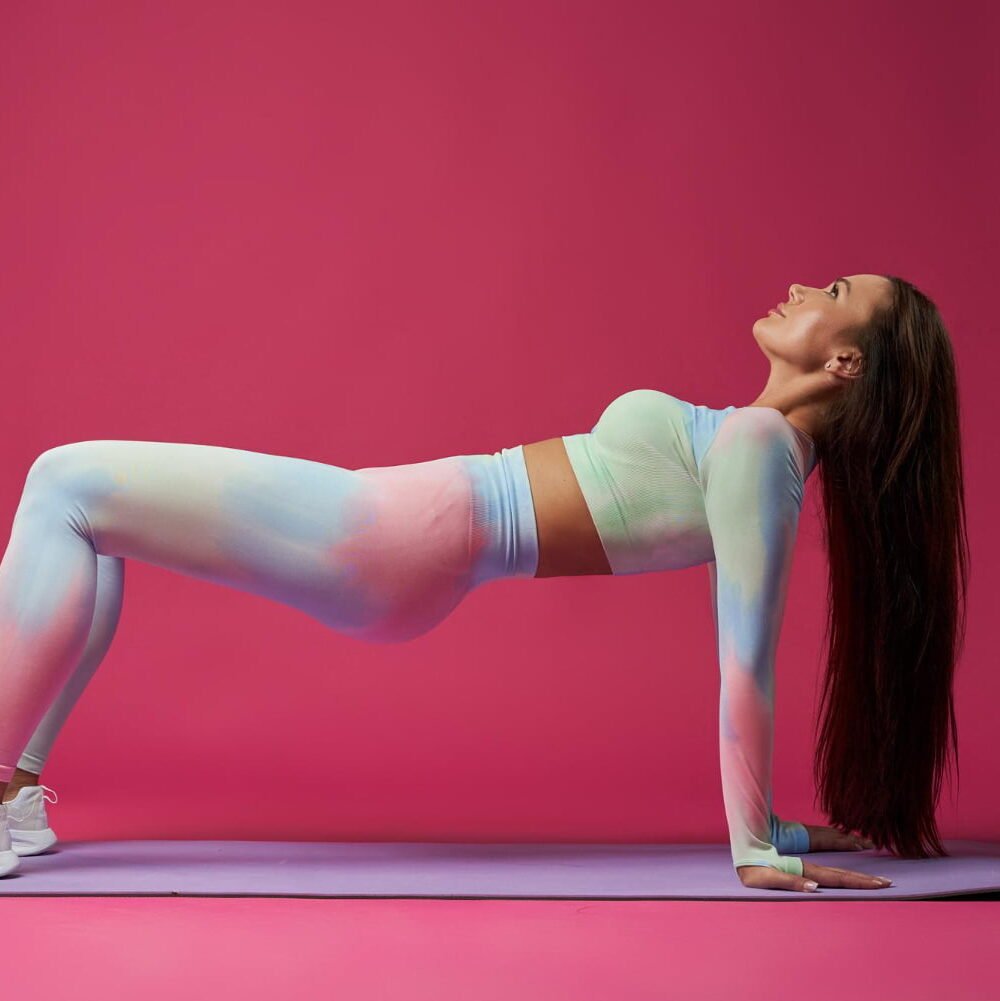
Aesthetically appealing
Preventing injuries through targeted gluteus medius and minimus exercises also contributes to the aesthetic appeal of a well-toned lower body. Strong hips and glutes enhance overall posture, creating a more balanced and sculpted physique.
Engaging these muscles not only improves stability but also helps in achieving a shapely, lifted buttocks, contributing to a visually appealing silhouette. Regularly incorporating these exercises into your routine can lead to noticeable improvements in muscle tone and definition, adding that aesthetic touch to your physique.
By strengthening the gluteus medius and minimus, you can achieve a more toned appearance with increased firmness in the hip area while also promoting symmetry throughout the lower body.
Helpful for rehabilitation
Rehabilitation programs often incorporate gluteus medius and minimus exercises to aid in the recovery of hip and gluteal muscle injuries. These targeted exercises can help rebuild strength, stability, and flexibility in the affected area, supporting a smoother rehabilitation process.
By engaging these muscles through specific movements like side-lying knee circle kick or bodyweight frog pumps, individuals undergoing rehab can enhance their overall recovery progress.
Focusing on strengthening the gluteus medius and minimus muscles not only aids in regaining functional movement but also promotes greater stability around the hips. This is particularly beneficial for individuals recuperating from lower-body injuries as it supports proper alignment and reduces the risk of compensatory movements that may hinder rehabilitation efforts.
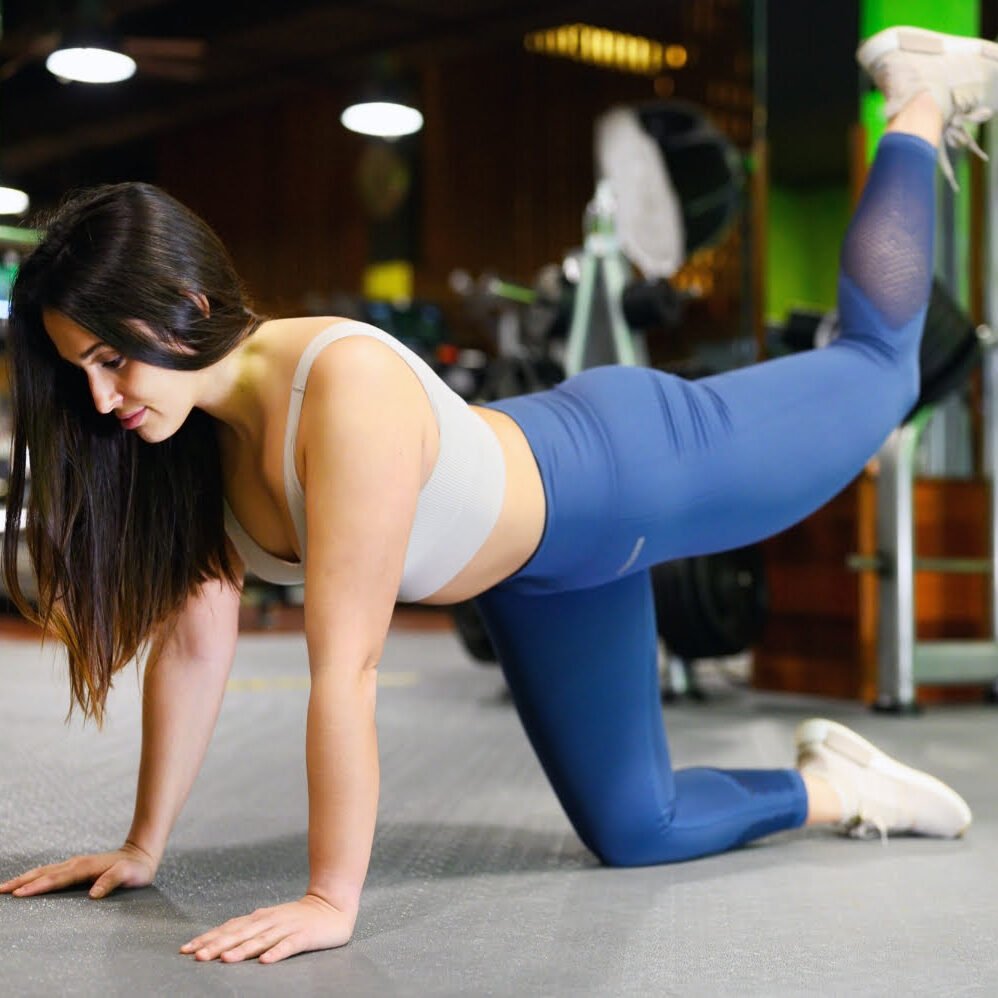
Top 10 Gluteus Medius and Minimus Exercises
Get ready to strengthen your hips and glutes with these top 10 gluteus medius minimus exercises. From side lying leg raises to cable hip abductions, these exercises will target and tone those hard-to-reach muscles for a stronger lower body.
1. Side Lying Diagonal Backward Leg Raise
Engage your gluteus medius and minimus with the side lying diagonal backward leg raise. Lie on your side, hips stacked and knees slightly bent. Keep your top leg straight and lift it diagonally behind you, focusing on squeezing the glutes at the top of the movement.
Lower back down with control and repeat for a targeted hip abduction exercise.
Strengthening these muscles can contribute to improved stability in daily activities and sports performance while also helping to prevent injuries related to weak hip abductors. Incorporate this move into your routine for balanced strength across all planes of motion in the hips and glutes.
2. Side Plank Hip Adduction
Engaging in a side plank hip adduction effectively targets the gluteus medius and minimus muscles, promoting stability and strength in the hips. Begin by assuming a side plank position with your elbow directly beneath your shoulder and feet stacked on top of each other.
Lift your top leg while keeping the bottom leg grounded to activate the hip adductor muscles on the inner thigh. This exercise not only enhances hip stability but also contributes to core strength, making it an efficient full-body workout.
To perform this exercise with precision, focus on maintaining proper alignment from head to heel throughout the movement. Contracting the muscles while lifting and lowering allows for maximal engagement and better results.
3. Cossack Squats
Cossack squats target the glutes, hamstrings, and quadriceps while improving hip mobility. To perform a Cossack squat, start with your feet wider than shoulder-width apart and toes pointing slightly outward.
Shift your weight to one side as you bend that knee and push your hips back as if sitting into a chair, keeping the other leg straight. Lower until your thigh is parallel to the ground before returning to standing position.
This exercise offers an effective way to activate the gluteus medius muscle while also engaging the core for stability.
4. Dumbbell Single Leg Deadlift
The dumbbell single leg deadlift targets the glutes, hamstrings, and core for improved strength and stability. Stand with a dumbbell in each hand, lift one leg backward while hinging at the hips until your body forms a straight line.
Maintain a slight bend in your standing knee and keep your back flat throughout the movement. This exercise challenges balance and coordination while effectively engaging the muscles of the lower body.
Moving on to “5. Cable Kneeling Hip Abduction”, this exercise further activates the gluteus medius and minimus muscles to enhance hip stability and prevent injuries during physical activities.
5. Cable Kneeling Hip Abduction
For cable kneeling hip abduction, begin by attaching an ankle strap to the low pulley of a cable machine. Then, adjust the weight and kneel down facing away from the machine. Hook one end of the ankle strap around your outer leg just above your knee.
Contract your glute muscles and push your leg out to the side against the resistance of the cable, keeping your back straight and core engaged throughout.
This exercise targets specifically on activating and strengthening both gluteus medius and minimus muscles which are crucial for stabilizing hips while also strengthening surrounding muscles.
6. Cable hip abduction
Continuing from the Cable Kneeling Hip Abduction, cable hip abduction is an effective exercise to target the gluteus medius and minimus muscles. It involves attaching a cuff to your ankle and using a cable machine to move your leg outward against resistance.
By standing next to the machine with the ankle cuff secured, you can actively engage in lifting your leg outwards, away from your body. This movement activates the side of your glutes and hips, aiding in strengthening those muscle groups for improved stability and overall lower body strength.
7. Bodyweight Frog Pump
Coming from the cable hip abduction, the bodyweight frog pump targets your glutes and hips. Lie on your back with feet together and knees bent, then lower and raise your hips off the ground using an upward movement.
This exercise activates the glute muscles effectively while providing a great burn.
8. Bent Leg Side Kick (kneeling)
To perform the kneeling bent leg side kick, start in a kneeling position with one knee on the ground and the other foot flat on the floor. Place your hands on the ground for support and keep your core engaged.
Lift your back knee off the ground, bending it to a 90-degree angle. Then, extend your leg out to the side as far as comfortably possible while keeping your torso stable. Lower it back down and repeat for desired reps before switching sides.
The bent leg side kick targets the gluteus medius and minimus along with hip abductor muscles, helping to strengthen and tone these areas. This exercise also improves hip stability and balance while engaging your core for added support during movement.
9. Bent Knee Back to Side Kick
Transitioning from the Bent Leg Side Kick exercise, the Bent Knee Back to Side Kick targets the gluteus medius and minimus muscles. Begin by kneeling on all fours with a neutral spine.
Lift one knee off the ground, bending it at a 90-degree angle, then extend it straight back behind you before moving it out to your side. Return your knee to its original bent position and repeat for a complete set.
Execute this movement slowly and deliberately to engage the targeted muscle groups effectively. Focus on maintaining proper form throughout each repetition. Be mindful not to arch or round your lower back during this exercise, keeping your core engaged for stability.
10. Side Lying Knee Circle Kick
Transitioning from the Bent Knee Back to Side Kick, the side lying knee circle kick targets the gluteus medius and minimus. Begin by lying on your side with legs stacked, then lift the top leg slightly while maintaining a straight line from head to heels.
Rotate your leg in small circles, engaging the hip muscles throughout.
Gradually increase the size of the circles as you gain strength and control. This exercise helps improve hip stability and mobility, contributing to overall lower body strength and functional movement.
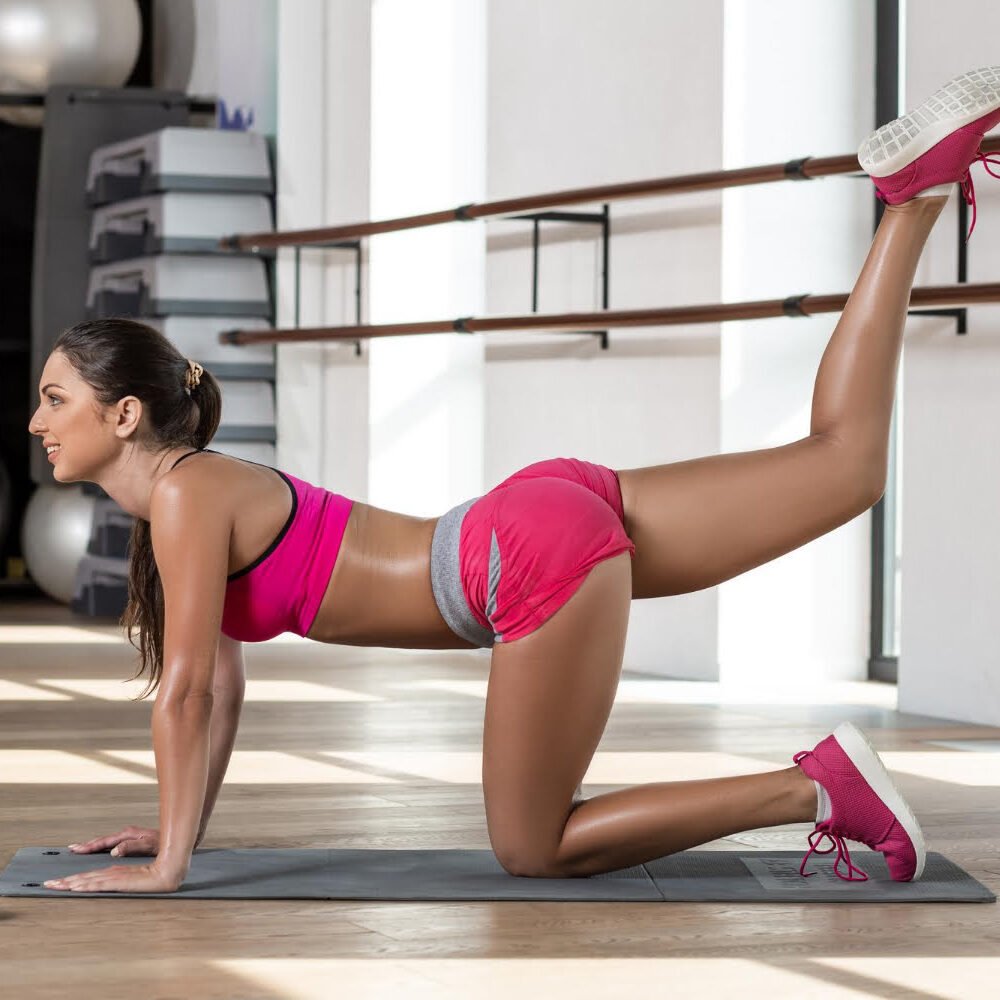
How to Incorporate Gluteus Medius and Minimus Exercises into Your Workout
When incorporating gluteus medius and minimus exercises into your workout, it’s important to focus on proper form and technique to target these muscles effectively. To learn more about the best ways to include these exercises in your routine, keep reading!
Sample lower body workout for strength and size
To build strength and size in your lower body, consider incorporating the following exercises into your workout routine:
- Barbell Back Squats: Start with 3 sets of 8-10 repetitions, focusing on proper form and depth to engage your glutes, quads, and hamstrings.
- Romanian Deadlifts: Perform 3 sets of 8-10 reps to target the hamstrings and glutes while improving hip hinge movement.
- Walking Lunges: Complete 3 sets of 12 steps per leg for an effective compound exercise targeting the glutes, quads, and hamstrings.
- Bulgarian Split Squats: Execute 3 sets of 8-10 reps per leg to isolate each lower limb while engaging the gluteus medius and minimus muscles.
- Hip Thrusts: Aim for 3 sets of 10-12 reps using a barbell or resistance band to activate and strengthen the glutes effectively.
- Leg Presses: Perform 3 sets of 10-12 reps on a leg press machine to target the quadriceps, hamstrings, and glutes for overall lower body strength development.
- Calf Raises: Finish with 3 sets of 15-20 reps to work the calf muscles for balanced lower body development.
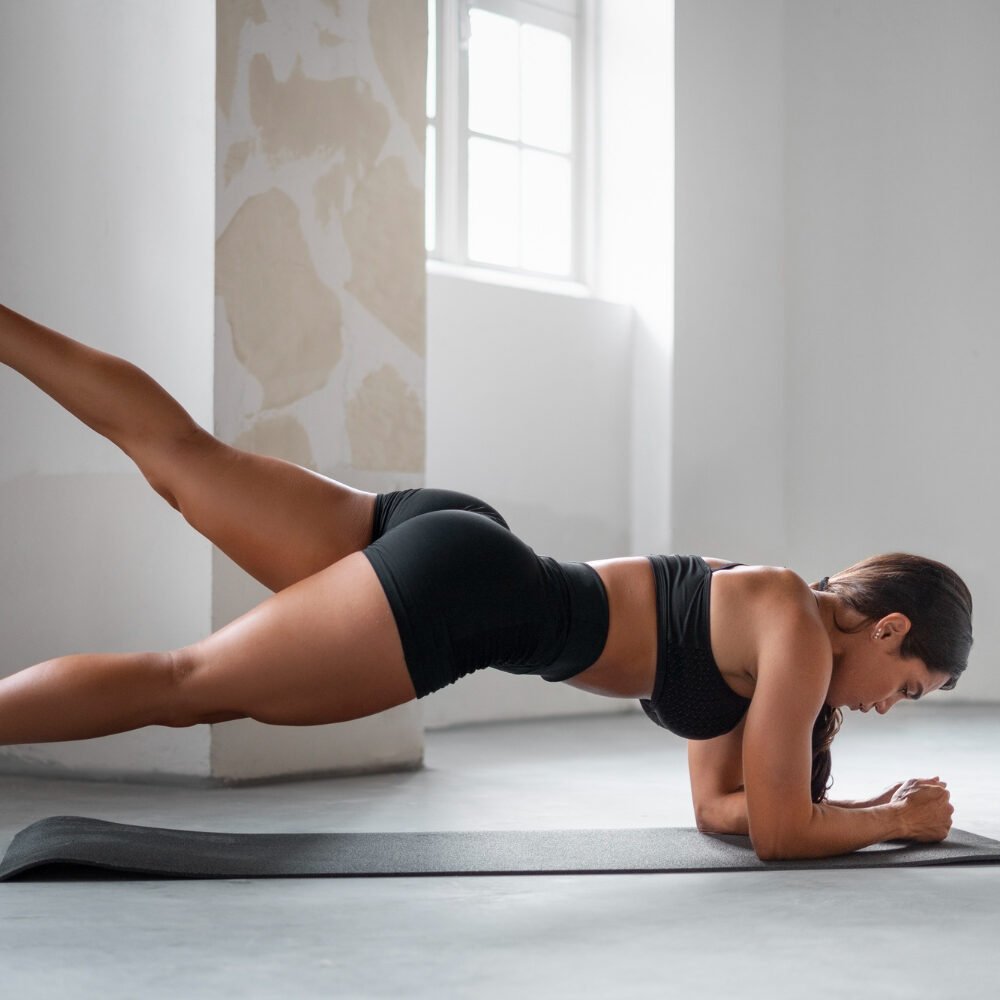
Sample rehab workout
After focusing on lower body strength and size, transitioning to a rehab workout can aid in injury recovery or muscle rehabilitation. Here are some exercises tailored for a rehab workout:
- Bodyweight Squats: Perform shallow squats to gradually strengthen the gluteus medius and minimus muscles without overexerting them.
- Clamshell Exercise: Lie on your side and perform leg raises while keeping the feet together, targeting the hips’ external rotation.
- Resistance Band Walking: Use a resistance band around your ankles and take lateral steps to engage the gluteal muscles effectively.
- Glute Bridges: Focus on pelvic alignment and hip extension by lying on your back and lifting your hips toward the ceiling in a controlled manner.
- Step-Ups: Use a low step to practice single-leg weight-bearing, promoting stability and activation of the gluteal muscles.
- Isometric Hip Abduction Holds: Utilize a resistance band around both legs while standing upright, then hold the legs apart against the band’s resistance for strengthening.
- Swiss Ball Leg Curls: Lie on your back with feet on a stability ball, lift hips off the floor and curling legs towards you to engage hamstrings while stabilizing with glutes.
- Standing Hip Extension: Use ankle weights to perform standing leg lifts backward, focusing on activating gluteal muscles for hip extension.
Tips for getting the most out of each exercise
Focus on proper form and technique for each exercise to maximize effectiveness and prevent injury. For more detailed guidance on getting the most out of these gluteus medius minimus exercises, keep reading below!
Recommended Sets And Reps
Perform 3-4 sets of each exercise, aiming for 10-15 repetitions per set. For best results, focus on full range of motion and maintaining proper form throughout the entire exercise routine.
- Side Lying Diagonal Backward Leg Raise: Start with 3 sets of 12 reps per leg.
- Side Plank Hip Adduction: Perform 4 sets of 10-12 reps on each side.
- Cossack Squats: Aim for 3 sets of 8-10 reps per side.
- Dumbbell Single Leg Deadlift: Complete 3 sets of 12-15 reps on each leg.
- Cable Kneeling Hip Abduction: Do 4 sets of 10-12 reps per leg.
- Cable hip abduction: Target for 3 sets of 15-20 reps on each side.
- Bodyweight Frog Pump: Perform 4 sets of 15-20 reps for maximum effect.
- Bent Leg Side Kick (kneeling): Aim for 3 sets of 12-15 reps per leg with controlled movements.
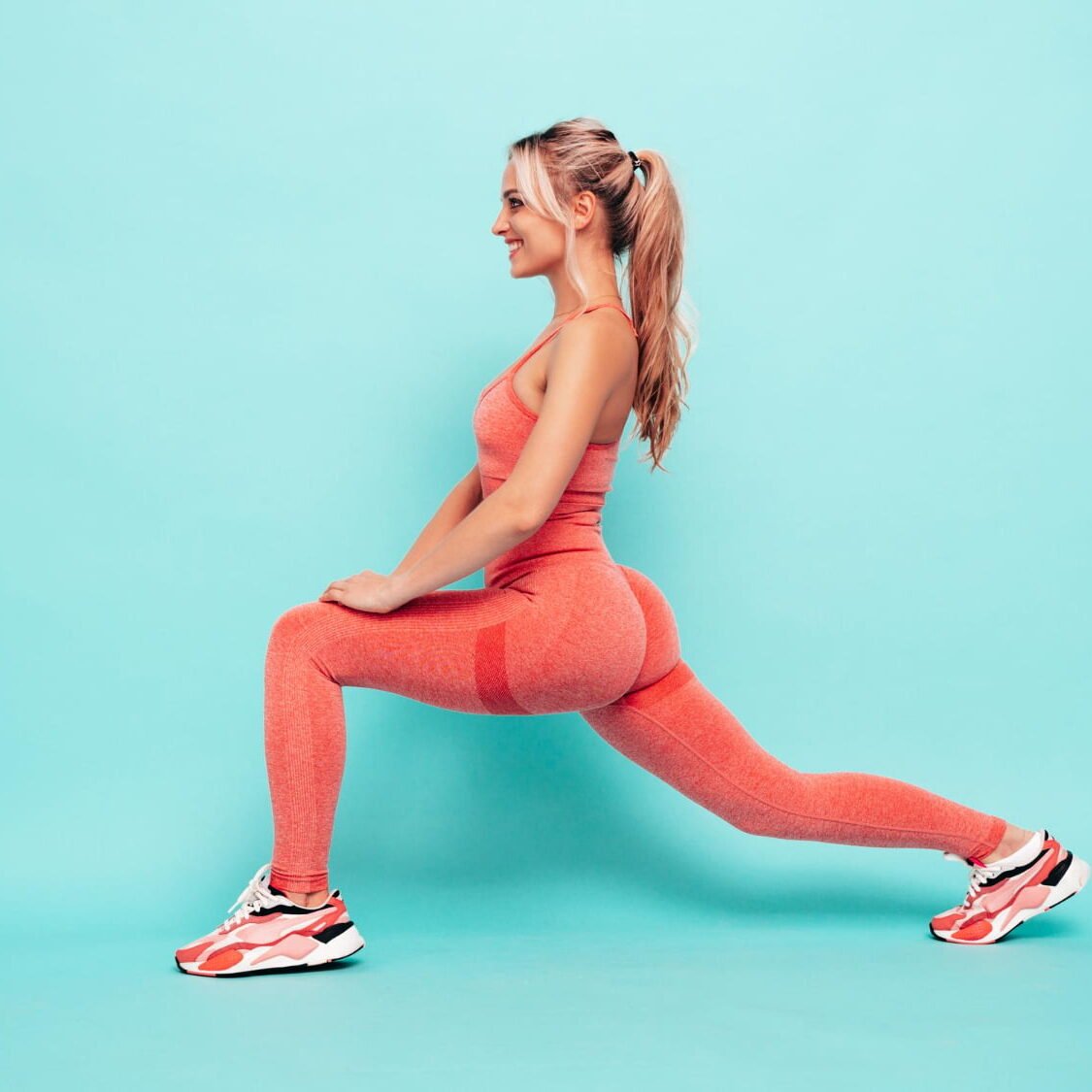
How long to wait for workout results
Visible changes in strength and muscle tone can be expected within 4-6 weeks of consistent gluteus medius and minimus exercises. For noticeable physical changes like increased muscle mass or a more defined appearance, it may take around 8-12 weeks of targeted training.
However, individual results can vary based on factors such as genetics, diet, intensity of workouts, and adherence to the exercise regimen.
Improvements in overall hip stability and decreased risk of injuries can be experienced relatively sooner, often within 2-4 weeks if exercises are performed correctly with proper form and consistency.
Eat a Healthy Diet
To complement your gluteus medius and minimus exercises, consuming a nourishing diet is crucial. Maintaining a balanced intake of lean proteins, whole grains, fruits, and vegetables supports muscle recovery and growth.
Including healthy fats like avocados and nuts can aid in reducing inflammation in the body while providing essential nutrients for overall wellness. Adequate hydration is also vital to support muscle function, joint health, and promote optimal performance during workouts.
Moreover, integrating nutrient-dense foods such as leafy greens, berries, and lean proteins into your diet can enhance energy levels and help you sustain longer workout sessions with improved endurance.
Conclusion
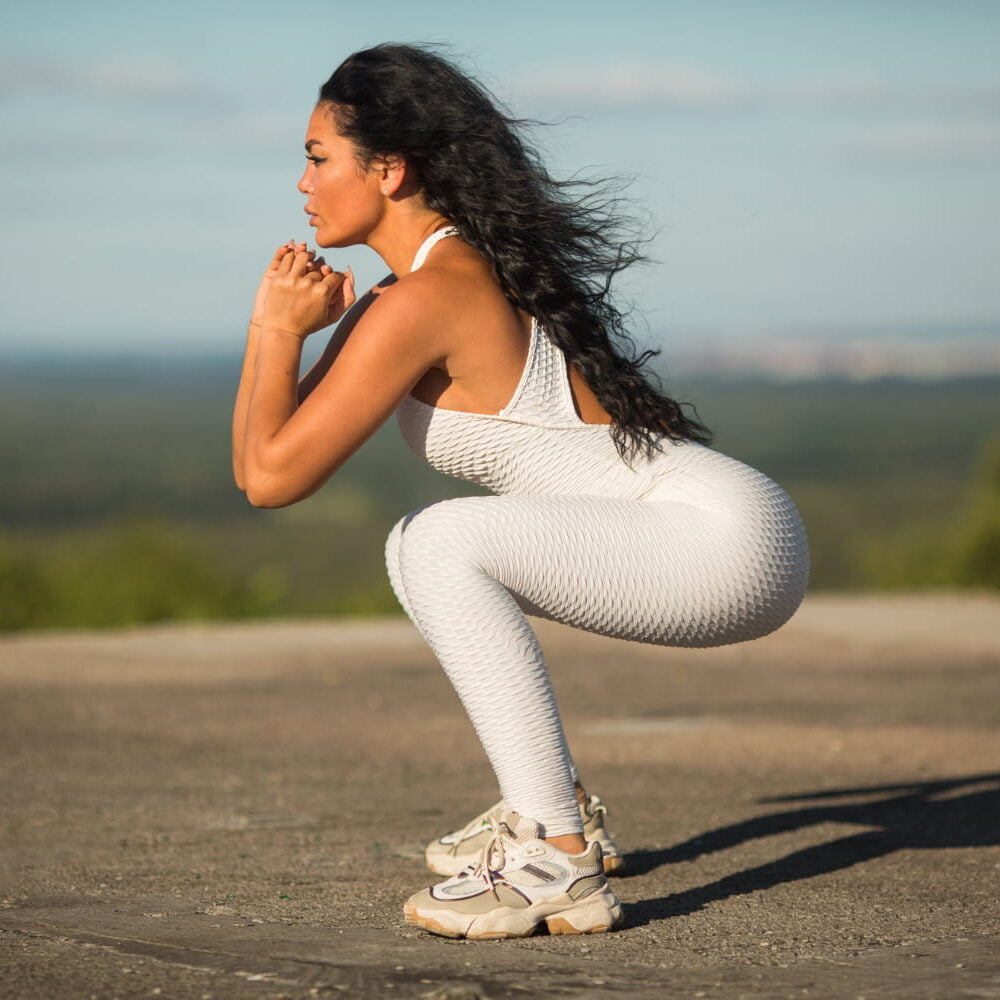
In conclusion, mastering the top 10 gluteus medius minimus exercises is crucial for enhancing athletic performance and preventing injuries. These practical workouts are designed to improve pelvic alignment and achieve aesthetic appeal.
By incorporating these efficient exercises into your routine, you can experience significant improvements in hip and glute strength. Don’t miss out on the potential impact of these strategies to elevate your training regimen and overall well-being.
Let’s get started on strengthening those hips and glutes!
FAQs
1. What are the gluteus medius and minimus muscles?
The gluteus medius and minimus muscles are important muscles located in your hips that help with movement of the thigh bone, stabilize your lower legs, and support your hip bone.
2. Why is it vital to strengthen my gluteus medius and minimus muscles?
Strengthening these muscle groups can prevent injuries like ACL tears, reduce low-back pain, and improve activities requiring strong hips such as squatting or lifting weights.
3. Can exercises for the gluteus medius and minimus also shape my buttocks?
Definitely! Exercises targeting these muscles will not only make them stronger but can also contribute to a lifted appearance of the buttocks by toning what some call the “side butt.”
4. Are there specific exercises I can do at home for these muscles?
Absolutely! You can perform movements like single-leg squats or pistol squats using just your body weight to target these areas effectively from home.
5. Do I need equipment for gluteus medius minimus workouts?
While you don’t always need gear, incorporating free weights or kettlebells into exercises like sumo deadlifts can increase resistance for greater strength challenge.
6. How often should I train my gluteal muscles for best results?
Training about two to three times per week with isolation exercises focusing on internal rotation and flexion of the hip could lead to significant improvements in both strength and function.

Author
Years ago, the spark of my life’s passion ignited in my mind the moment I stepped into the local gym for the first time. The inaugural bead of perspiration, the initial endeavor, the very first surge of endorphins, and a sense of pride that washed over me post-workout marked the beginning of my deep-seated interest in strength sports, fitness, and sports nutrition. This very curiosity blossomed rapidly into a profound fascination, propelling me to earn a Master’s degree in Physical Education from the Academy of Physical Education in Krakow, followed by a Sports Manager diploma from the Jagiellonian University. My journey of growth led me to gain more specialized qualifications, such as being a certified personal trainer with a focus on sports dietetics, a lifeguard, and an instructor for wellness and corrective gymnastics. Theoretical knowledge paired seamlessly with practical experience, reinforcing my belief that the transformation of individuals under my guidance was also a reflection of my personal growth. This belief holds true even today. Each day, I strive to push the boundaries and explore new realms. These realms gently elevate me to greater heights. The unique combination of passion for my field and the continuous quest for growth fuels my drive to break new ground.

